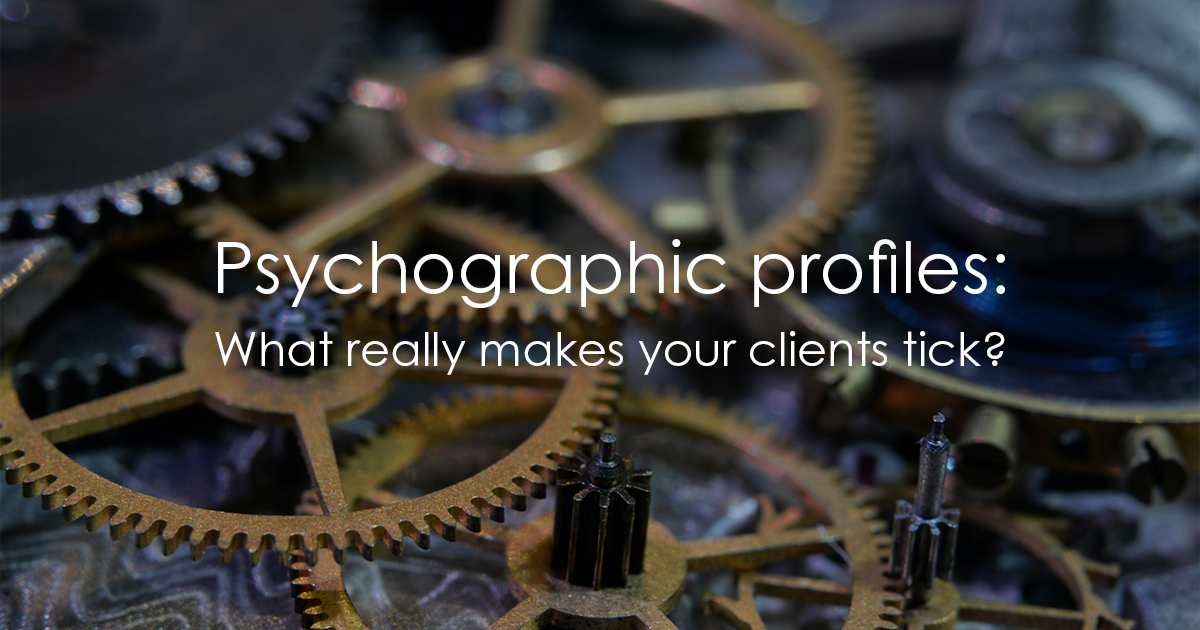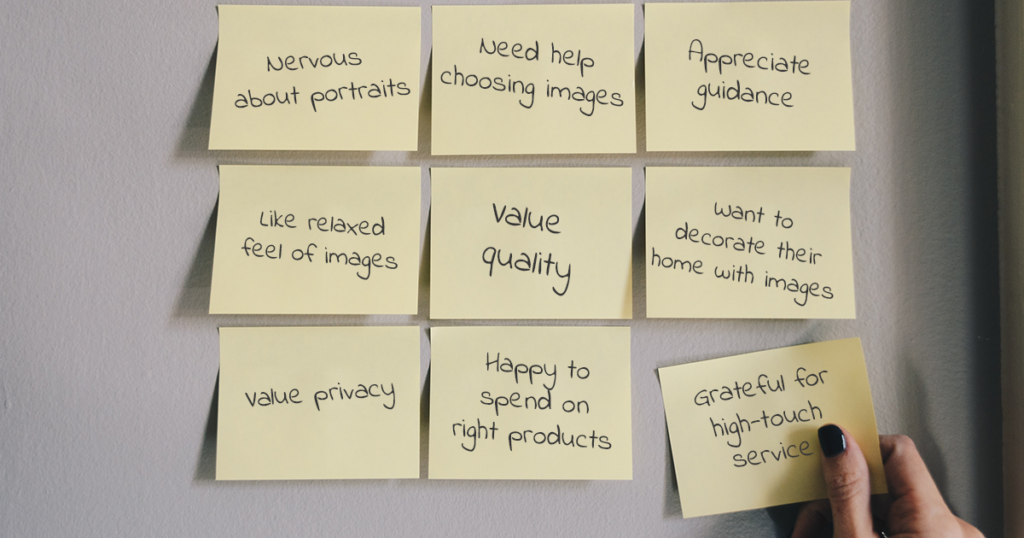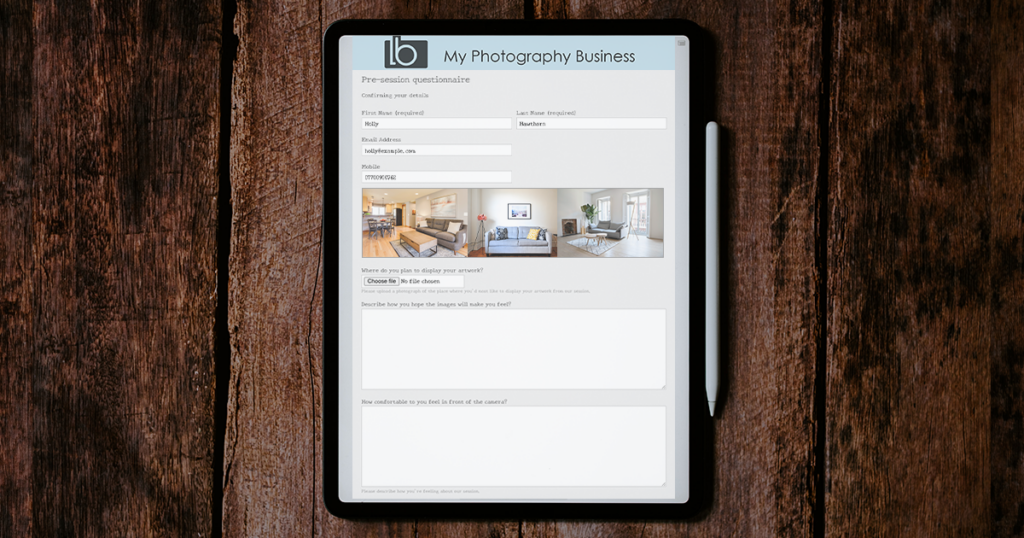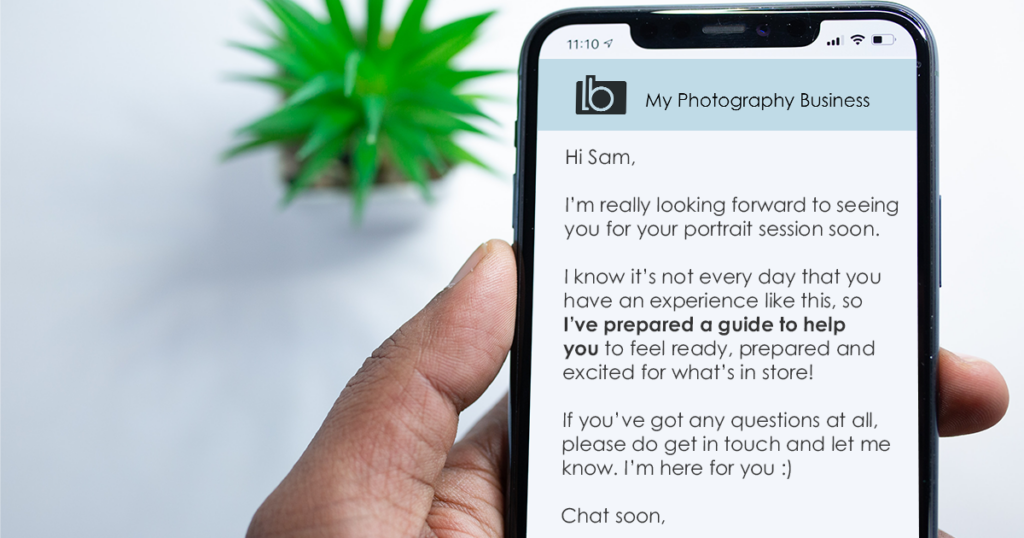Using Psychographics to Build Your Photography Business
Hear the word ‘psychographics’ and what immediately springs to mind?
A terrifying shadow slowly creeping across a shower curtain? The crazy swirly pattern on Austin Powers’ wallpaper?
Nope, this has nothing to do with movies, horror or otherwise. And everything to do with getting scarily high numbers of enquiries to your photography business.
Welcome to the world of psychographics and how they can help you understand what really makes your target clients tick.

What are psychographics?
The clue is in the -graphics suffix. Psychographics belong to the same marketing family as demographics.
But while the latter covers the dry facts such as gender and age, the former captures all the juicy details about your customer. The nuances that will help you do more than simply scratch the surface of their potential buying habits.
Let’s take a look at the differences:
Typical Demographics
- Age
- Gender
- Income
- Occupation
- Education level
- Location
- Marital status
Typical Psychographics
- Habits
- Hobbies
- Values
- Attitudes
- Lifestyle
- Personality traits
A straightforward way to understand the difference is to think that while demographics explain who your customer is, psychographics explain why they might buy from you. The factors that will encourage them to fill out your enquiry form and motivate their final choice of photographer.

Why are psychographic profiles important?
The extra information provided by psychographics influences the way you need to communicate with your clients so they feel valued and understood. This will in turn strengthen your relationship with them, build loyalty and increase the chances of them make a booking.
While simply assessing demographics will give you a broad overview of who currently and potentially buys from you, combining the two helps to create more detailed buyer personas.
Let’s look at an example. If you’re a wedding photographer, a typical customer could have the following demographic profile:
- Engaged couple aged 30-40
- Combined income of £60-80k
- Well-educated professionals
This only tells you the basics, some of which are pretty obvious.

Add in psychographics and you can start to really drill down into their values and lifestyle:
- Time-poor so they value efficiency and clarity
- Find fulfilment spending time with friends and family
- Have high customer service expectations
- Value quality over price
- Are tech-savvy and appreciate quick, hassle-free processes
Keep in mind that individuals who fall into the same demographic group won’t necessarily fall into the same psychographic group.
Maybe you’re a high-end family photographer which would predetermine certain demographics of your target market. But the individual psychographics of clients will vary. While some will be perfectionists, others will be more laid-back. While some will value time spent in-person at a viewing session to get your professional advice, others will want the quickest and cheapest turnaround possible and only order digital copies.
Without the power of psychographics in your marketing mix, you’ll only have a very rudimentary outline of your audience. Dig deeper and you’ll be really getting under their skin.

How to obtain psychographic information
So now you know what psychographics are, where can you find them?
This requires a little more forethought than the simpler task of gathering the black and white demographic detail.
You can start to get a feel for your customer database’s psychographic preferences by reviewing their communication trail. Take a look through initial enquiries and the email chats they led to and pull out any nuggets of insight.
Why did they choose to contact you in particular? Did they raise any early concerns? Did they mention budget? Did they share any non-negotiables?

You can take a more strategic approach to this information-gathering exercise by asking the right questions at the right time. Doing this methodically with each and every client at each and every stage of the process will quickly build up your stash of insight.
Specialist CRM for photographers allows you to draft template forms and questionnaires to use consistently before and after shoots. Tailoring these questions to what’s important to your business will produce invaluable and high-quality psychographics.
Write them with the aim of eliciting answers to the ‘why’. This is about finding out what customers care about and what motivates them to buy. For example:
- What are you hoping for from your photographs?
- What do you plan to do with the images?
- How do you feel when a camera is pointing at you?
- What do you use to take pictures, a phone or a camera?
Quick tip: the question “Describe the photographer’s style in 3-5 words” gives you some really useful SEO keywords for posts you later publish about that shoot or client.

How to use psychographic profiles
Armed with deeper insight into your clients’ personalities and how those will influence their buying habits, what can you now do with this information?
Applying psychographics to your marketing approach is how you really bring them to life. You now need to use your new knowledge to carefully tailor communications and content to these distinct groups.
Maybe you’ve discovered that half your clients are nervous before a shoot. You can use this awareness to address these concerns and make them feel more relaxed in advance.
Or perhaps they’re undecided on how to display their images to best effect. In which case, you can helpfully share what existing clients have done to inform and inspire.

From your website copy to individual client emails, both automated and otherwise, your words will now wield more power.
And that power is all thanks to psychographics and their potential to radically – and cost-effectively – improve conversion rates.
They allow you to show that you understand your clients’ problems and challenges, that you can solve them and can deliver exactly what they want. Then add the social proof to reinforce your experience and suitability, and present calls to action that directly and specifically target their pain points.
The result? Clients, both prospective and existing, who feel reassured that you understand their needs and know their business is valued. Clients, therefore, who’ll be more likely to book a shoot and return to you in the future.
Related
- How to Manage Photography Client Expectations
- How To Attract Your Ideal Photography Clients
- Book more clients by phoning your leads - tips for making successful calls
- Using Sales Data to Drive Smart Upselling
- How to deal with difficult clients
- The Ultimate Guide to Selling Wedding Albums: Insights from Folio Albums and How Light Blue CRM Can Boost Your Sales
- How to Find a Consistent Photography Client Base
- How to Get More Word-of-Mouth Referrals
- How to Automate Time-Consuming Tasks
- The Photographers’ Guide to Finances and Budgeting